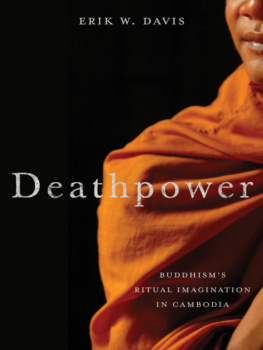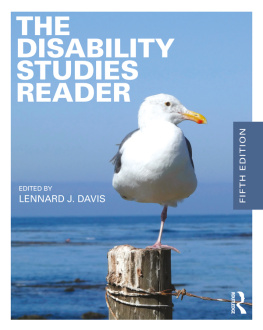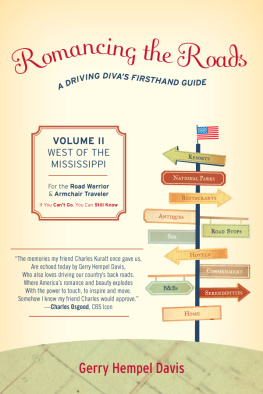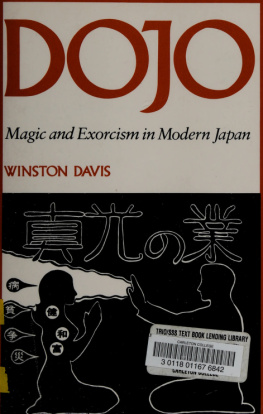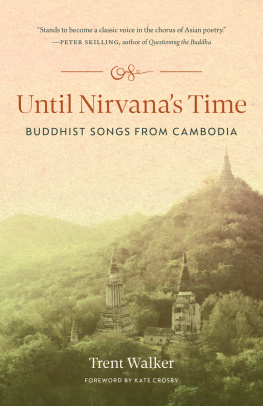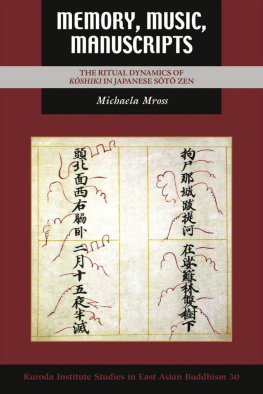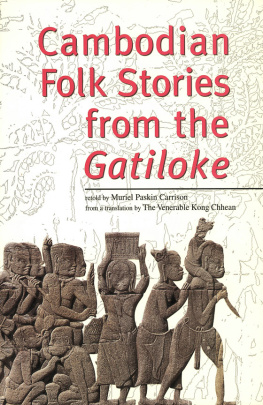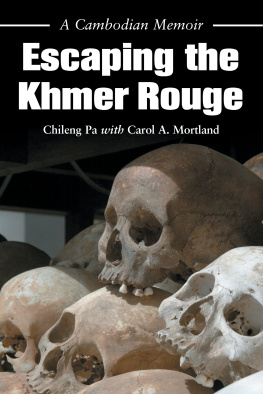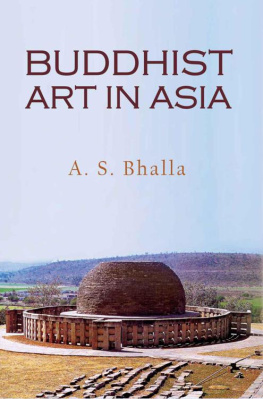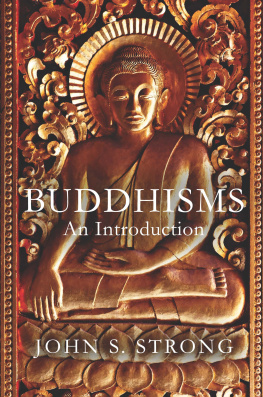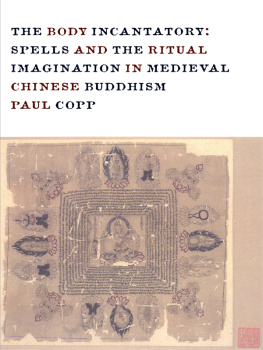Deathpower
Deathpower
BUDDHISMS RITUAL
IMAGINATION IN
CAMBODIA
Erik W. Davis

Columbia University Press New York
Columbia University Press
Publishers Since 1893
New York Chichester, West Sussex
cup.columbia.edu
Copyright 2016 Columbia University Press
All rights reserved
E-ISBN 978-0-231-54066-7
Library of Congress Cataloging-in-Publication Data
Davis , Erik W., author.
Deathpower : Buddhisms ritual imagination in Cambodia / Erik W. Davis.
pages cm
Includes bibliographical references and index.
ISBN 978-0-231-16918-9 (cloth : alk. paper) ISBN 978-0-231-54066-7 (electronic)
1. Buddhist funeral rites and ceremoniesCambodia. I. Title.
BQ5020.D38 2016
294.343809596dc23
2015006821
A Columbia University Press E-book.
CUP would be pleased to hear about your reading experience with this e-book at .
Jacket design by Noah Arlow
References to websites (URLs) were accurate at the time of writing. Neither the author nor Columbia University Press is responsible for URLs that may have expired or changed since the manuscript was prepared.
A Buddha statue celebrates the possibility of a good death and monks are semi-dead individuals who aspire to the ultimate good-death condition. In a sense, then, what the relic does is make the Buddha statue like the Buddha, by making it dead through the insertion of a death-substancein the rather paradoxical sense that Buddha-hood implies death-in-life.
Alfred Gell, 1998
Contents
Accomplishing this book has taken more time and years of my life than I intended. My undying thanks to Leah, Freeman, and Nahanni for sharing that adventure with me when we could, and dealing with my preoccupation when we couldnt. Thanks also to my parents, Meredith and William Davis, and to my siblings, JoYi, Adam, and John, all of whom helped make the person I am today.
I have been fortunate to have had many mentors, those who made me think in important and long-lasting ways. Each bears some share of what credit exists. Special thanks go to Steve Collins, Cambodian Buddhist studies mentor Anne Hansen, and Khmer language instructor Frank Smith. Thanks also to Chan Sambath, David Chandler, Chhorm Pheap, Wendy Doniger, Martin Jaffee, Charles F. Keyes, Khun Sokhary, Judy Ledgerwood, Bruce Lincoln, Richard OConnor, Heidi Pauwels, Martin Riesebrodt, Winnifred Sullivan, Richard Salomon, and Eugene Webb.
During fieldwork, a few people made an enormous positive difference for me. My deep thanks to Heng Chhun Oeurn, Thon Than, and their family; Aik Sokhun, Iem Sreng, Alberto Prez-Pereiro, Alison Carter, Sor Sokny and the Folklore Research Group from the Buddhist Institute, Emiko Stock, and Trent Walker. The excellent staffs at the National Library, the Buddhist Institute, CEDAC, and the Center for Khmer Studies were accommodating and helpful beyond any expectation. I was encouraged by their engagement with my research, their hard-working competence, and good humor. Even more thanks to all those Cambodian people from every walk of life, without whose often-enthusiastic engagement and participation this work would not exist in any fashion whatsoever, and whose names I have altered in order to protect their identities.
In the various intersecting fields of Cambodian, Buddhist, and Southeast Asian studies, where I have joined a peculiarly collegial and interesting group, Im grateful to Pattaratorn Chirapravati, May Ebihara, Penny Edwards, Kate Frieson, Jane Hanks, Ian Harris, Heng Kimvan, Caroline Hughes, Alexandra Kent, Ven. Khy Sovanratana, Kobayashi Satoru, Patrice Ladwig, John Marston, Justin McDaniel, Miech Ponn, Ingrid Muan, Richard OConnor, Jonathan Padwe, Mick Powell, Frank Reynolds, Nikki Tannenbaum, Ashley Thompson, Alicia Turner (whose cogent suggestions for revising my first chapter felt like being thrown a life preserver), Krisna Uk, John Weeks, Erick White, Paul Williams, Timothy Wood, Courtney Work, Teri Shaffer Yamada, and Eve Zucker.
Thanks to my colleagues at Macalester College in Religious Studies, Asian Studies, and Critical Theory for their kind welcome and support. I have been fortunate in receiving the trust and financial support of many groups over the years, including the Association for Asian Studies, The Fulbright-Hays DDRA, The Center for Khmer Studies, the Blakemore-Freeman Advanced Asian Language Study Fellowship, the Woodrow Wilson Foundation Charlotte Newcombe Fellowship, and Macalester College. Thanks to Cambridge and NIAS presses for granting permission to republish portions of articles, which appear in .
In the Twin Cities, I have found enormous support, meaning, and resilience in the Twin Cities IWW. My thanks to all my Fellow Workers.
Finally, at Columbia University Press, thanks to Wendy Lochner, Christine Dunbar, and Leslie Kriesel, who shepherded me through this process with very little pain (at least, on my part), and to Bernard Faure and the two anonymous readers whose comments and critiques, though not entirely adopted, made the book better when they were.
I have undoubtedly left some central people off of this list, whose influence has become so foundational to me that I have lost sight of its existence. Forgive me: you have my thanks.
The Khmer language has many words of Khmer origin and many others of Indian origin, expressed in the Khmer script, which is organized according to the classical Indian system and adapted for additional vowels in the Khmer language. Khmer vowels have context-dependent values, which creates a challenge and choice for scholars publishing in roman script: to transliterate or transcribe?
I have chosen to transliterate the Khmer language using the American Library Association and Library of Congresss system, created by Larry Ashmun. This has the advantage of properly rendering Indic-derived words so that they remain recognizable to those unfamiliar with Khmer, and accurately representing the words as they are written, to avoid homonym-based confusion. Because the vowels have context-dependent values, occasionally the ALA system does not approximate the oral value of all vowels. English-language scholars of Cambodia have historically preferred to attempt transcription of spoken Khmer, so I have included the most frequent roman alphabet transcriptions in parentheses at the first instance of a word. For the ALA/LOC romanization, see http://www.loc.gov/catdir/cpso/roman.html. In the case of vowel-final words, I have included final vowels when the word is obviously of Indic origin and excluded them when the word is solely of Khmer derivation. Thus py (cooked rice), not pya, but kuti (monastic dormitory), not kut.
When I have quoted from other scholars, I have transformed alternative transcriptions to the ALA system, to avoid unnecessarily confusing the reader.
Cambodian names are typically transcribed into roman script, rather than transliterated, and I have followed this practice, especially in order to preserve peoples own preferred spelling when they have elected to forgo my normal pseudonyms for interviewees, as well as with place names. I have also rendered a few words that have entered the English language in particular ways, such as wat, which under the ALA system should be vatta. Words like nirvana have entered the English language without the need for diacritical accuracy.
When I moved to Cambodia in 2003 to study contemporary Buddhist funeral rituals, my wife, Leah, moved with me. She was then in the second trimester of her first pregnancy, so perhaps there was no way for me to not see fertility and new life in the human management of death. After all, we had just sold everything we owned except for a few clothes and a large box of books, bringing these with us for a planned stay of three years. We had left one form of life for a new one. While I was attempting to understand what this would mean for my academic project, both of us were also expecting a brand-new form of life to take us over, as we became three from two. Two years later we became four, while in the same time, we also lost family and friends to old age, sickness, and accident, confirming a link between the constancy of new life and the universal process of death that is no less profound for being obvious. Anthropologists have long connected these two on the basis of their conjunction in funeral ritual, but it doesnt take an anthropologist to make the connection.

